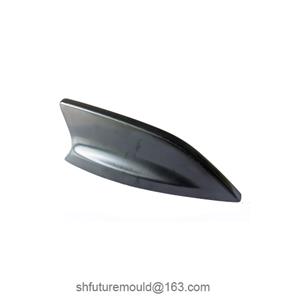Causes of Runner Adhesion in Injection Molding
Runner adhesion is a common issue in injection molding that can negatively impact production efficiency and product quality. The primary causes of runner adhesion can be categorized into the following areas:
1. Mold-Related Factors
Rough Runner Surface: If the runner surface is excessively rough, the friction between the molten plastic and the runner wall increases, making it more difficult for the molded part to be ejected from the runner during the demolding process.
Insufficient Draft Angle: The runner should be designed with a draft angle to facilitate the smooth removal of the molded part. An insufficient draft angle can cause the cooled and contracted part to adhere tightly to the runner.
Runner Surface Quality and Material: Improper material selection or poor surface treatment of the runner can also lead to adhesion. For example, certain plastics may react chemically with the mold material, increasing adhesion between the plastic and the mold surface.
2. Injection Molding Process Factors
Excessive Injection and Holding Pressure: High injection and holding pressures force the molten plastic into the runner with greater force, creating a stronger bond between the plastic and the runner wall. As the plastic cools and contracts, the increased adhesion makes it more difficult to remove the part.
Insufficient Cooling Time: If the cooling time is too short, the molded part has not fully cooled and contracted, and its overall structure is not yet stable. Demolding at this stage can result in deformation of the part and incomplete release from the runner.
3. Plastic Material Factors
Plastic Viscosity: Some plastics, such as soft PVC, have inherently high viscosity. These high-viscosity plastics are more prone to adhering to the runner surface, especially when combined with suboptimal runner surface quality or process parameters.
- Injection Mold
- Automotive Injection Mold
- Electronics & Electrical Injection Mold
- Consumer Goods Injection Mold
- Airplane Components Injection Mold
- Medical Components Injection Mold
- Irrigation Components Injection Mold
- Injection Molds




